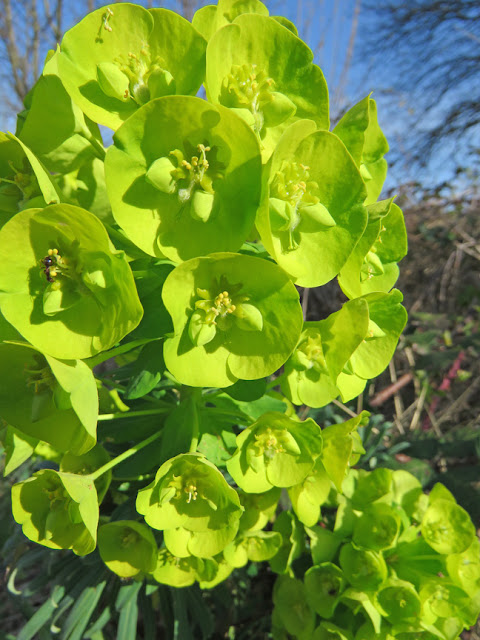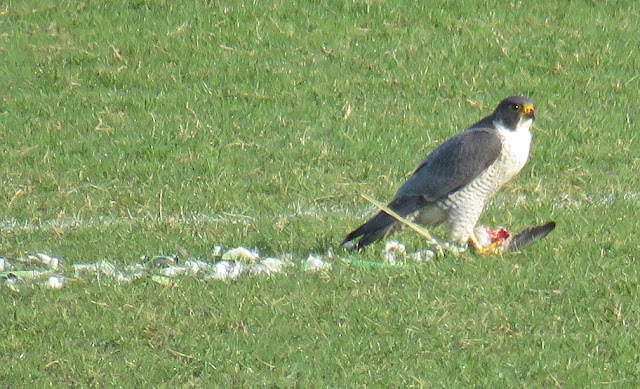Rewarded in the rain
Part 5: September 1975 After my trip to Scotland, I returned to Beddington as an all-conquering hero – at least in my own little world, that is. My birding confidence had been given an almighty boost and I felt as if I had somehow proven my worth as a bird watcher by having travelled some distance to do so, and in the process had lost my ornithological virginity. This was the first time that I was conscious of the fact that it mattered to me how I appeared to other bird watchers, as until then my time spent in the field had been about the seeing of birds, with no added agenda. A short family break, on a farm near Penshurst in Kent, was my next opportunity to bird watch away from north-Surrey. It was notable for my first Kingfisher, the initial sighting being a matter of delayed gratification, as my Father and brothers had already seen one as they fished in a nearby river, at the same time that I was wandering the adjacent lanes and fields, binoculars at the ready. When the mo...







